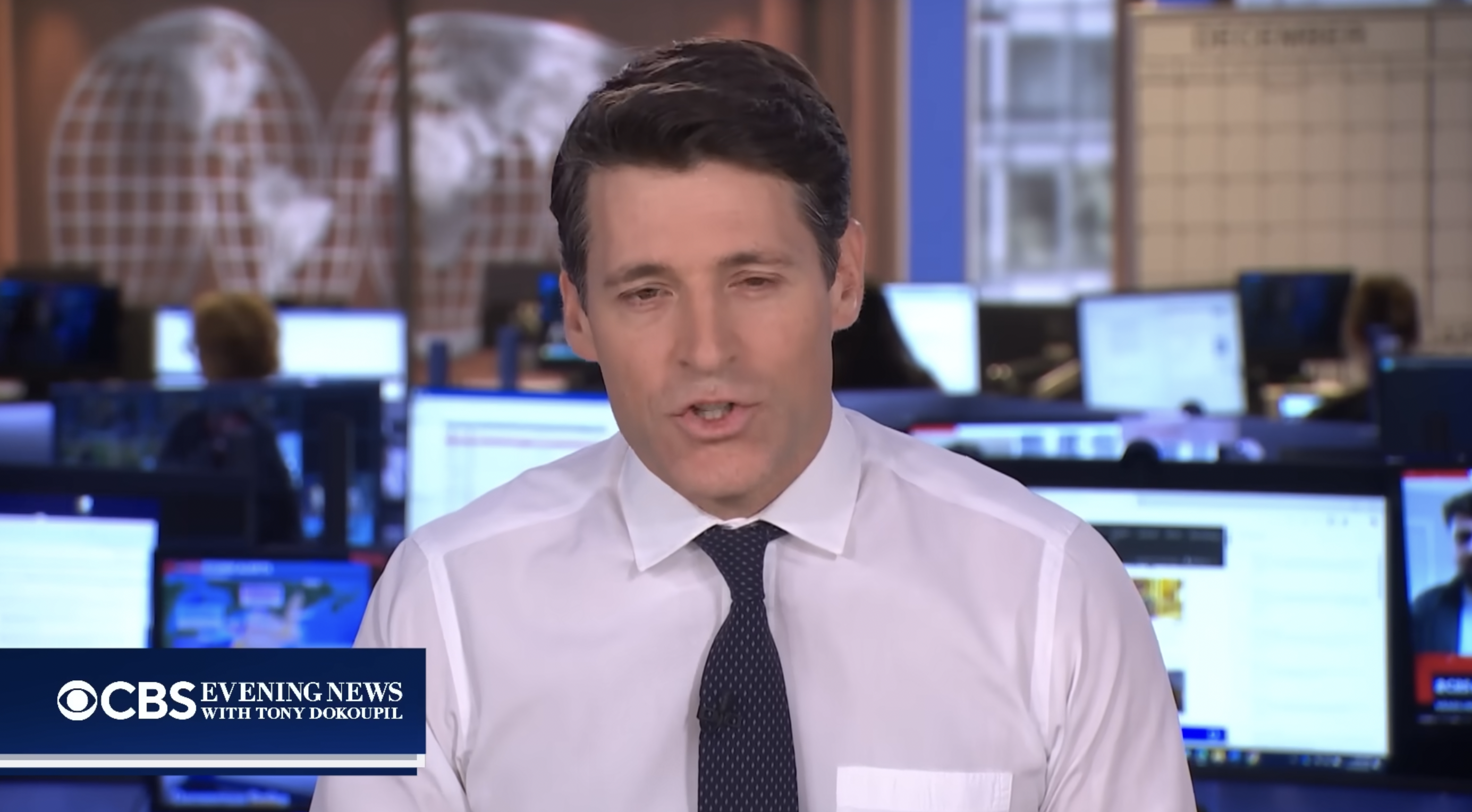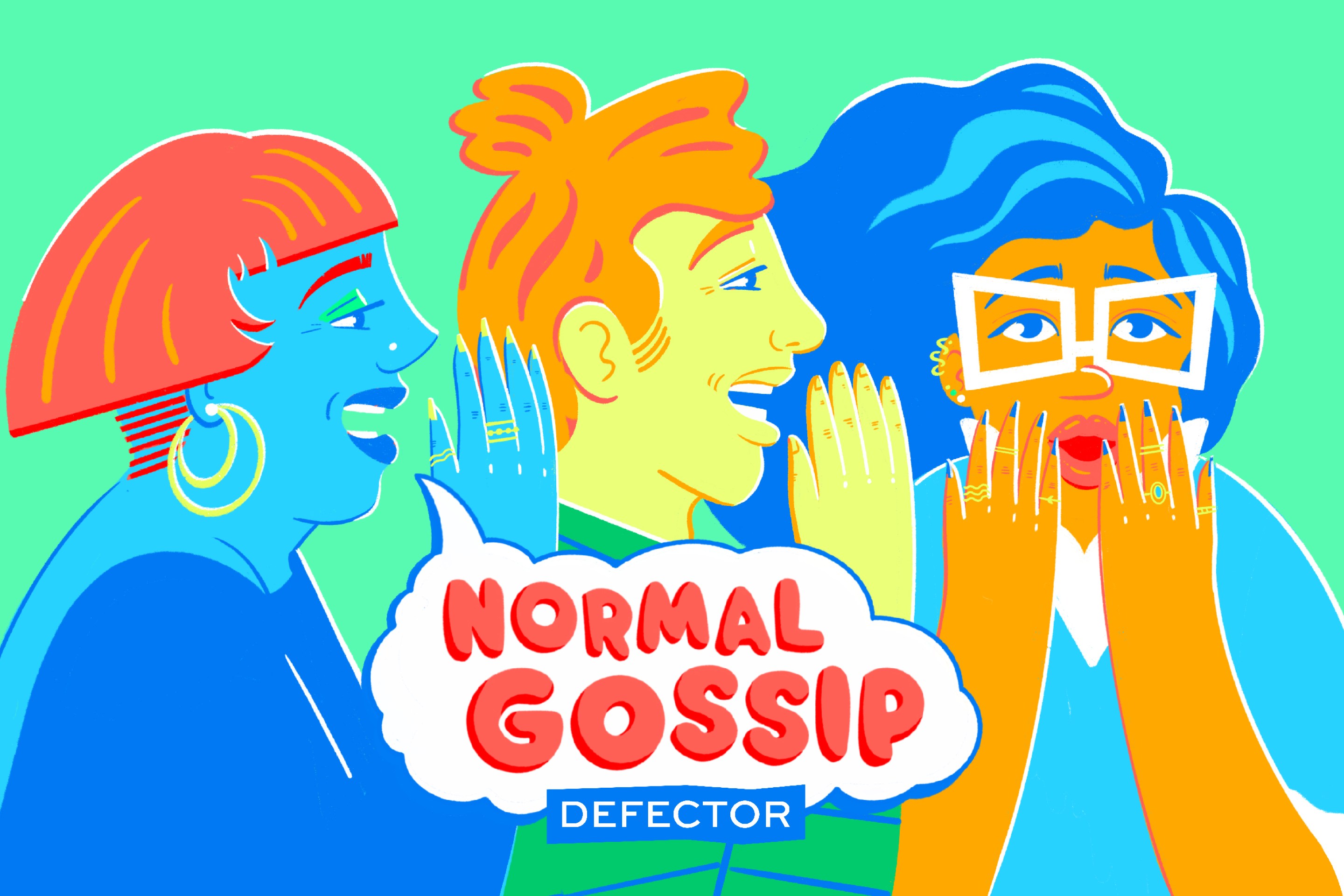In the mid-to-late '90s, I was part of a girl gang that invaded suburban homes across the top half of New Jersey. We left our clothes strewn across various surfaces in your carpeted basements, ate your Snackwells in the wee hours, and wrote weird notes to your awkward eldest sons. Some of us stayed up all night, laughing and plotting, and some of us, inexplicably, wanted to go to bed at 9:00 p.m. For days afterwards, you would catch the faint smell of Bath & Body Works warm vanilla sugar.
It was the age of the pre-teen slumber party, and you could hear us coming from the synth riff of The Muffs covering Kim Wilde’s “Kids in America.” It’s the song that opens Clueless, which was the preferred VHS rental for the coolest sleepovers I attended. We were the kids of America, even if we were closer to Nickelodeon’s definition than MTV’s, and Clueless offered a hopeful glimpse into life beyond middle school. We all wanted to be Cher Horowitz—beautiful, popular, rich, and, yes, even kind—and we weren’t the only ones.
When Paramount released Clueless in theaters in July 1995, it garnered praise from critics including Roger Ebert and Janet Maslin, earned $56.6 million domestically, and, as Jen Chaney writes in her 2015 oral history As If!, became the “‘sleeper hit’” of the summer. If it was underestimated in its moment as a cute, silly romp, new generations of fans have discovered the film’s many charms, and the preferred VHS rental became a DVD, then a streaming selection. The question that dogs the rest of Chaney’s book remains: “Why does this film still resonate so much, with so many people, two decades later?”
Make that three decades. Clueless continues to be a cherished cultural object, beyond, even, simple nostalgia. Within our pop-feminist audit of the ’90s—from Abercrombie to Pam, Britney, and Monica—Clueless, at least, still belongs in the assets column. The prettiest student at Bronson Alcott High is on a mission to makeover … her soul? Heathers, Mean Girls, Jennifer’s Body: in the pantheon of teen girl stories, Clueless is just as intelligent as any of these, but gentler even than Emma, the 1815 Austen novel that inspired it.
When I watched Clueless in 1995, I was looking ahead, but I was also learning how to look at film closely. A year later, when Emma came out, I became a huge fan of an actress named Gwyneth Paltrow, who I assumed, from the accent and the stuffy-sounding name, to be a Brit. But while the straightforward Austen period piece looked and sounded highbrow, it was the Valley Girl remix that made me feel smart. I got the references, I understood how the ironies and playful contradictions were being put to film, and it was all courtesy of writer-director Amy Heckerling’s lightly worn wisdom.
Now, Veronica Litt’s Ugh! As If! enters the chat, ready to imbue further insight into why we keep revisiting this millennial touchstone.
Ugh! As If! is the 15th installment of ECW’s Pop Classics series, a collection of short semi-academic, critical-personal studies of individual movies, shows, albums, and cultural objects. Many of the choices skew millennial/Gen X: Jurassic Park, Showgirls, My So-Called Life, and Elvis Costello all warrant their own works. Litt’s mandate? To award the film “classic” status, which Litt does not just by highlighting the look, feel, and “linguistic brilliance” of Clueless but also its upbeat, positive message.
To develop this point, Litt begins with a chapter-long defense of the “sparkly girly movie,” of which Clueless is an exemplar. “Girly art isn’t just an opportunity to rest and relax, but to cultivate goodness,” she argues. In this opener, Litt situates Clueless in the tradition of “women’s media.” Marked as low-brow by the mainstream and rarely the recipient of institutional awards, “stereotypically girly art” upends dominant hierarchies of taste by being actually good rather than soberly Great. (Dick, Magic Mike XXL, and 13 Going on 30, among others, are noted as paragons of the genre, though Easy A, another contemporary adaptation from the canon, also set in high school, could also be added to the list.) Would there be a Barbie without Clueless? Nay, would there be a Gerwig without a Heckerling?
What sets Clueless apart from so many teen and “girly” films, then and even now, is its cute, flirtatious rapport with the higher arts. From Cher’s mother’s painted portrait on the wall to our protagonist’s textual familiarity with Hamlet (“Well, I remember Mel Gibson accurately”), Clueless boasts its status as an adaptation stylishly, bringing Austen’s arch, satirical point of view into a 1990s present. Cher Horowitz is Emma Woodhouse’s barely touched counterpart: privileged, well-meaning, and strong-minded without being radical. While Emma and Cher are mostly unsnobbish, and nurturers by nature, their stories maintain that class, and cliques, exist for a reason.
Litt positions herself within the book as an academic, a millennial (writing to other millennials), and an advocate for old-school, Audre Lorde-style self-care. The vibe is that of your coolest professor, with chatty, entertaining footnotes full of personal disclosures and theoretical reading lists. One reads: “Skip this if you don’t want to read a meandering screed on lipstick feminism and the wonky, ethical stakes of policing desire. But if you’re down, here we go…”
Litt’s discussion of the film, with chapters on innocence, class, love and friendship, is detailed and always insightful. Where she gets into something of a tangle is maintaining Clueless’ moral goodness in the face of its mortal fallibility. “Nothing is neutral,” Litt writes, “including the way stories unevenly dole out narrative attention.” Litt’s attention here focuses on Tai and Dionne as two supporting characters whose sidelined backgrounds speak volumes. Tai does not come from money, like Cher and Dionne, and the film does not address how that disparity might affect Tai as she navigates a new school environment. Dionne, while a compelling and charismatic figure on-screen, can also be read as the token Black friend and a relic of the “toothless sort of inclusion” that typified the ’90s.
1995 has its fingerprints all over Clueless, not only in the ways Litt discusses, but also with the periodic, dated slur, or with the Josh (Paul Rudd) character’s whiny “c’mon” while fooling around with his beret-wearing gal pal. Must a film do good to be good, and is good enough, well, good enough? Putting this kind of pressure on a piece of mass culture pushes a judgmental mode of reading rather than encouraging viewers to engage with curiosity and without prejudice. The question remains: Is it Litt’s millennial birthright to chase opportunities for admonishment, to turn leisure into more work, or is it mine, to recoil from anything resembling moral righteousness?
At any rate, Litt’s argument is strongest when she stresses, instead, what the film is saying: “Clueless,” she writes, “argues that idealism is more useful than cynicism, that hope is more powerful than despair, and that community is more valuable than isolation.” I’ll add that Clueless values and promotes the benefits of paying a certain kind of open and liberal attention. “All my friends were really good in different ways,” Cher muses over voiceover. “Like, Christian, he always wants things to be beautiful and interesting. Or Dionne and Murray, when they think no one is watching, are so considerate of each other. And poor Miss Geist, always trying to get us involved, no matter how much we resist…” While Cher begins the film paying attention to people in order to manipulate them—treating her teacher’s loneliness as a way to get a better grade—she discovers the value of looking, and noting, and caring, on their own terms.
Perhaps that’s what Clueless taught me: to look closely but with tenderness, at least when it comes to movies. And Litt’s loving analysis of the film is a shining example of how to bring Cher’s soul into the study of art and culture.
Litt’s final chapter, “I Wanna Help: Comedy and Community,” makes for a triumphant close to this punchy monograph. Paraphrasing Wallace Shawn, who plays cranky teacher-turned-lover Mr. Hall, Litt writes that “Clueless’ significance lies in the characters’ innate pull to goodness, their tendency to be kind.” This analysis focuses not on what does or doesn’t happen in Clueless but how it goes down on-screen. As a former film professor (if never a “cool” one), these are the formal questions that pull me in: How is this film working on me? And should I let it?
Litt details Clueless’ “visual richness” with deep dives into shot composition and costuming. Positioning characters next to one another, and favoring symmetrical two-shots instead of singles, underscores how “being together is the film’s home base.” This cinematographic language dovetails with long-running theories of comedy, from Shakespeare to Northrop Frye, which center on fixable misunderstandings, social cohesion in the form of a wedding, and a taste of utopia.
The author also rightly praises Mona May, who not only designed the costumes for Clueless but also millennial girl power movies Romy and Michelle’s High School Reunion and Enchanted. Litt describes the wardrobe as ripped from a Dr. Seuss book, offbeat enough to feel like a gleeful departure from the ordinary. May dressed every figure, even the extras, with an eye toward creating this immersive, unapologetically joyful world.
Intelligence isn’t about what you know, or even how you present yourself to the world, but about a willingness to encounter unhappy people, scary freeways, and your own terrifying future with a sense of adventure and curiosity. In the moments when Litt considers the workings of Clueless, she offers a keen and caring model for how to love a movie that, at its best, feels like it loves you back. Learning to dispense unselfish, open-hearted attention isn’t only how to achieve maximum cinephilia or even get a makeover of the soul: for most of us, it’s the closest we’ll ever get to becoming Cher Horowitz.






